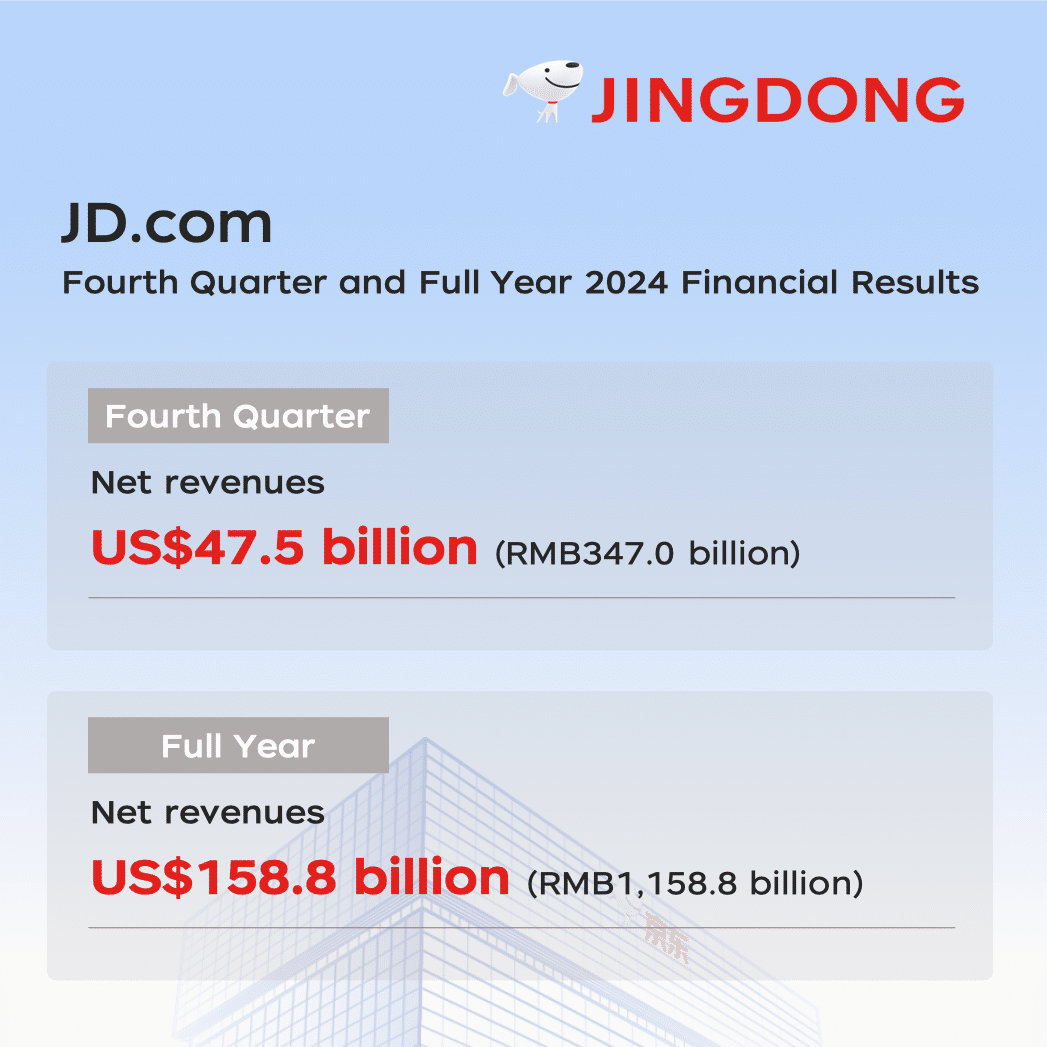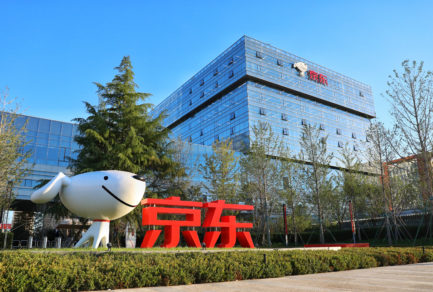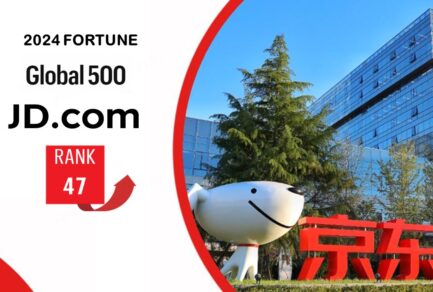Aug 21, 2020|
JD Earnings: Over 80% of New Users Came from Lower-Tier Cities
by Ella Kidron
One of the highlights of JD.com’s second quarter 2020 earnings, reported on August 17th, was that annual active customers in the past 12 months (for the quarter ended June 30, 2020), increased to over 417 million, up 30% from a year ago.
In fact, as JD CFO Sandy Xu revealed during the earnings call, over 80% of new users for Q2 came from lower-tier cities, the highest level on record. Net revenue grew by 33.8% in the second quarter to RMB 201.1 billion yuan (US$ 28.5 billion). Xu explained that the strong topline growth was backed by sustained improvement in user engagement, especially from lower-tier cities users. Put simply, a look at the numbers indicates that JD’s long term commitment to and investment in the lower-tier cities is paying off.
JD started investing in the lower-tier cities with its logistics network several years ago. In the beginning of June, during the 618 Grand Promotion, JD Logistics announced the upgrade of its lower-tier markets program to provide 24-hour delivery in over a thousand counties and tens of thousands of townships in China. Under the plan, JD will either expand or newly construct 13 local warehouses and transfer centers, focused on third-to-fifth tier cities. JD will also operate 12 Asia No. 1 highly automated logistics parks, which have traditionally mainly focused on first and second tier cities, in lower-tier cities.
The commitment to the lower-tier cities does not stop there, however. JD’s social e-commerce platform, Jingxi, as well as the light version of the JD app, are meant to make it easier for lower-tier cities consumers to find appropriate products. Some users start on the Jingxi app and then migrate over to the main app as they get accustomed to making e-commerce purchases with JD. An important element of providing suitable products is working directly with the hundreds of industrial belts across China. JD Retail CEO Lei Xu explained on the earnings call, “There are over 200 industrial belts across the country and we’re identifying some suitable partners in these industrial belts to help them with their digital transformation with the empowerment of our supply chain, and to design more suitable and better value for money products together.”
Xu reiterated the fact that the lower-tier market has been an important contributor to JD’s new customer acquisitions, and that certain categories where JD is very strong, such as consumer goods, fresh produce and essentials, are highly favored by users in lower-tier cities and helpful in attracting customers.



 JDD Leaders Series: Cao Peng: Witness of JD Digits’ Development
JDD Leaders Series: Cao Peng: Witness of JD Digits’ Development


